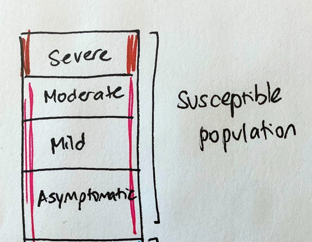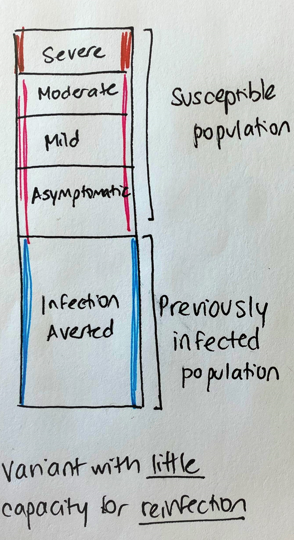
Starting now! I’ll be live tweeting this @DataSciJedi-sponsored session on Delivering Data Differently at #JSM2022. #JEDIatJSM
https://twitter.com/DataSciJedi/status/1554512848520417287
Our first speaker is @ajrgodfrey. He speaks from his experiences as a blind person. He emphasizes the importance of independence and dignity for the visually impaired. #JEDIatJSM
“A blind person must be able to collect, analyze, interpret, and manipulate scientific data in order to answer questions and communicate the knowledge gained from their results in a way that can be readily understood by their sighted peers.“ @ajrgodfrey #JEDIatJSM
Enumeration of every point on a scatter plot doesn’t make sense. That’s why sighted people add summary statistics to their plots. @ajrgodfrey #JEDIatJSM
What can you do today? Make sure your document formats are accessible. HTML and Docs are accessible. PDFs are not and can shut people out. Providing source files increases accessibility. @ajrgodfrey #JEDIatJSM
Next up - @kimberlykowal talks about working with astrophysical data to make the invisible visible. But she realized that the beautiful images she made of exploding stars weren’t accessible to all colleagues. So she uses 3d printing to produce datasets for the visually impaired.
During the pandemic, they started a rapid response program on sonifying 2d images (making sounds that convey the content of an image). She played us a very cool snippet of the center of our Milky Way. This project went viral on SoundCloud (>1.5m listens). @kimberlykowal 

Next up, astronomer @abieryla recalls climbing up rickety stairs to a telescope and recognizing early on that this wasn’t accessible to all of her students. One of the first things they did was buy a tactile printer to print sheets of paper that are rough to the touch. #JEDIatJSM
They also designed a small, inexpensive device “LightSound” to sonify the sound of a solar eclipse. It uses open source software that is freely available. @abieryla #JEDIatJSM 

Now, Ben Rubin @earstudio. He describes how using alternative modalities of data delivery (like sonification) enhances accessibility. And it is also a powerful tool to prompt critical thinking about the data itself (by engaging with it in a different way). #JEDIatJSM
Finally, Mark Hansen @cocteau describes journalistic data, including data that governments are not incentivized to collect. He gives the example of statistics on outcomes of people who are deported. Telling stories that are not otherwise being told. #JEDIatJSM
When learning about multivariate statistics, @ajrgodfrey describes having no trouble understanding the concept of multi-dimensional data. He wondered why his sighted classmates struggled with the idea (they were stuck in the 2D and 3D world, but he was not!). #JEDIatJSM
• • •
Missing some Tweet in this thread? You can try to
force a refresh






